Holiday 2011 Laptop Buyer’s Guide
by Jarred Walton on December 2, 2011 3:45 AM ESTMainstream Laptops: Ultrabooks, Gaming Laptops, and Other Options
Our next category is where things really start to get fuzzy: the mainstream or midrange market. Why are things fuzzy? Because if we set the price to “around $1000”, we end up with a ton of options. There are ultraportables with reasonable specs (including ultrabooks and MacBook Airs), quad-core Intel i7 processors with Optimus Technology, and business machines that eschew raw performance and bling but instead offer build quality that will last. We also start to find laptops with legitimately good displays—nothing to rival the IPS panels we’re finding in $500 tablets, sadly, but at least color quality and contrast break out of the minor leagues. Let’s start with the newest category first, the ultrabook.
Recommended Ultrabook
We could be cheeky and just say that the best “ultrabook” remains Apple’s MacBook Air—it has reasonable performance, a very slim profile, good battery life, and an excellent display. The 11.6” model starts at around $940 online while the 13.3” model goes for a not-insignificant $1235 online. If you’re already an OS X user, there’s really no need to continue. Both MBAs are examples of how to do a high quality laptop right, and unfortunately we still don’t have a Windows alternative that is superior in every way. What we do have is the ASUS UX31E (and UX21E).
Ultra slim and well equipped: ASUS UX31E for $1000
As mentioned earlier, I’m partial to the 13.3” and 14” form factor over 11.6” laptops—excuse me, ultrabooks—so the ASUS Zenbook UX31E gets my primary recommendation. We have a review sample in house, and we’ve reviewed (or are in the process of reviewing) a couple other ultrabooks; out of the current crop the UX31E gets our pick. It comes with a single USB 3.0 port, a USB-to-Ethernet dongle (which is still faster for transferring over the network than the built-in WiFi), 4GB RAM, an i5-2467M CPU, and a 128GB SSD. More importantly, it at least makes some attempt to improve the LCD over other laptops. The contrast ratio on our sample (just like on the UX21E) is pretty weak at just over 200:1, but ASUS mitigates things by having a maximum brightness of 500nits (great for outdoor use), and even better they ditch the typical 1366x768 resolution and instead offer a 1600x900 LCD.
Build quality is excellent and only two things stop this from being a true MacBook Air killer: one is the display contrast ratio, and the other is the shallow key travel. Even so, it’s $200 cheaper than the MBA13 and matches or exceeds the Apple offering in just about every other area. If you're picky about keyboards, try to find one at a local store and give it a shot before taking the plunge, as it's a potential turn-off for some of you (though I'd say the same about the Acer S3 keyboard and the other ultrabooks I've handled). I'm personally more concerned with the display contrast; it’s a shame ASUS didn’t spend a bit more money to put 11.6”/13.3” equivalents of the Eee Prime Transformer LCD into their ultrabooks.
Midrange Gaming Laptops
For around $1000 (give or take $200), right now there are basically three ways to go with gaming laptops. Option one is to get a balanced laptop, perhaps with a better display, but sacrifice GPU performance for battery life and other aspects. The second option is to kick battery life to the curb and simply go for as much GPU power as you can get. The third option is to get all of the above, but while in theory a manufacturer could provide Optimus while still using a faster GPU and not charge a price premium, that's not happening right now. There just aren't many laptops out there with GTX 560M or above, quad-core CPUs, Optimus, and a price that's still south of $1200. (Yes, I'm greedy!) The closest we can get is the Toshiba X775-Q7272, which checks in at just under $1300 and has a pretty weak display, but if you're willing to spend the extra $100 to $300 and you like the X775 design, go for it. Our preference is to go with one of these two notebooks instead (or save up for the Alienware M17x that we'll cover on the next page).
Balanced Midrange Gaming
Decent performance and a good display: CyberPowerPC Xplorer X7-7500 for $1175
The first option is Clevo’s W150HRQ chassis, sporting a 1080p display, quad-core CPU, and Optimus-enabled GeForce GT 555M graphics. The cheapest price we can find right now comes from CyberPowerPC, where you can snag their Xplorer X7-7500 with an i7-2670QM, 8GB RAM, and a 750GB 7200RPM HDD for $1175. (Dropping some of the options down a bit can get the price to $1020, e.g. go with the i5-2430M, 4GB RAM, and a 500GB 7200RPM HDD.) The other alternative is to go with AVADirect’s Gaming Laptop Clevo W150HRQ, the big selling point there being the ability to upgrade to a gorgeous 1080p matte LCD for around $1300 (or drop to a dual-core i5-2430M to get the price to around $1100). We reviewed a configuration similar to that with the Mythlogic Pollux 1400, and while the keyboard layout still irks me, the display is enough to make me think twice.
Potent Midrange Gaming
Better gaming, not so great battery life: ASUS G53SX-XR1 for $967
If on the other hand you’d prefer to forget about NVIDIA’s Optimus and upgrade to a GPU that can handle high quality gaming at 1080p, you’ll want at least a GTX 560M (or Radeon HD 6950M). It’s easier to find NVIDIA’s solution in laptops and ASUS has their G53SX that hits the desired price and features. It’s a bit tricky figuring out which models have what features, but it appears the G53SX-XN1 is a 1080p glossy display while the G53SX-XR1 is a 1080p matte display. The important thing is that Sears has the G53SX-XR1 for just $967 (plus taxes); glossy or matte, that’s a screaming deal (which may not last long). One of the nice things about the G53SX chassis is that it has space for two drives, so even though the XR1 comes with a 640GB 5400RPM hard drive, adding your own SSD for the OS and apps is relatively straightforward.
Other Mainstream Offerings
How to make a sexy laptop: Apple MacBook Pro 13 for $999
Besides the above, there are a few other laptops I’d like to mention that hit the mainstream market on all fronts. They’re similar in some respects, not so much in others, but if you want a laptop with excellent build quality and a beautiful display, Apples MacBook Pro line continues to set the pace. The base model MBP13 can be had for $999 right now, and as long as you’re ready to go with OS X it’s a very nice laptop. The unibody aluminum construction gives the laptop a solidity that’s sorely lacking in most consumer laptops, the profile is very think and sleek, the display is high contrast and able to get plenty bright (even if the 1280x800 resolution isn’t as high as some of us would like), and battery life is excellent. Of course, looking at the other specs the MBP13 isn’t quite so impressive: 4GB RAM and an i5-2410M with a 320GB 5400RPM hard drive. (Note that the latest MBP13 has upgraded the CPU to the i5-2430M with a 500GB HDD by default, but it will cost $140 more; we’re fine with the specs on the older variant.)
Faster, running Windows 7, and 1080p: Dell’s XPS 15z for $1050
Another mainstream laptop we’d like to highlight is the Dell XPS 15z. Some have called it a copy of Apple’s MBP15, but that’s painting with a pretty broad stroke. It’s reasonably thin and silver, but that’s about as far as we’d go. What the XPS 15z does have is the option to upgrade to a nice looking 1080p display, and it comes with a GeForce GT 525M and a dual-core i5 processor. Like the MacBook Pro 13, Dell has updated the 15z to the i5-2430M on the base model, but if you want the 1080p display upgrade (which is a major we like the XPS 15z), the least expensive way to get it will be with an earlier i5-2410M model for $1050; it’s not like you’re going to miss the extra 100MHz. You’ll also get a 750GB 7200RPM hard drive and 6GB RAM for that price. The build quality isn’t as good as the MacBook Pro, but the features and price help make up for that—plus, if you’re not running OS X, much of the draw of the MacBook Pro goes away.
The eyes have it: Lenovo X220 with IPS panel for around $1000
And as a third and final option, here's a familiar refrain. Lenovo has their X220 line on sale as well, and you once again get an awesome combination of build quality and features. You won't get a discrete GPU, so gaming is pretty much out of the question (other than at minimum detail), but what you can get is an IPS premium quality panel upgrade for $50 extra. Normally going for closer to $1500, with the current sale you can get the X220 with an i5 CPU and IPS display for just over $1000. (I told you there were a lot of mainstream laptops worth considering!)


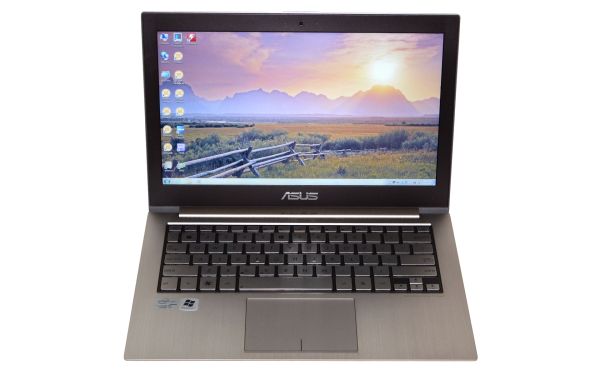
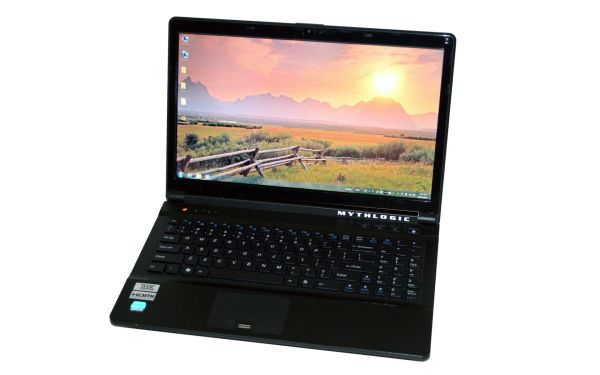
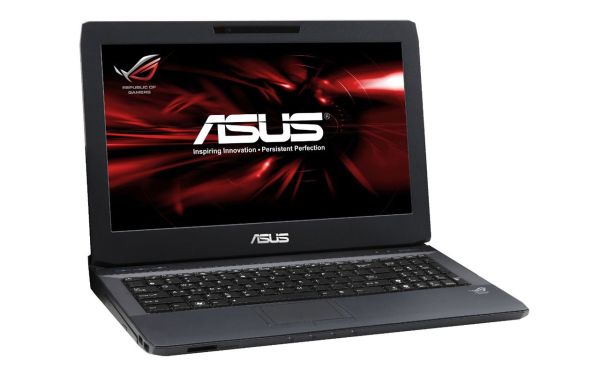
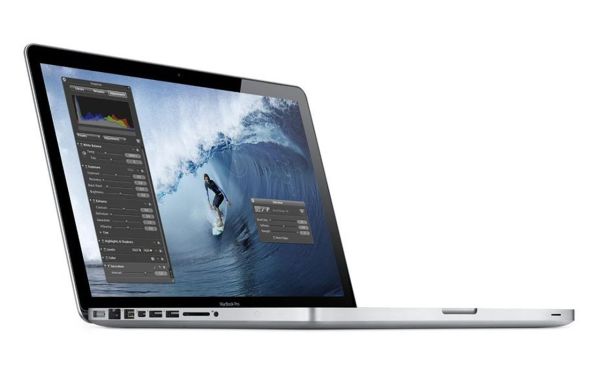
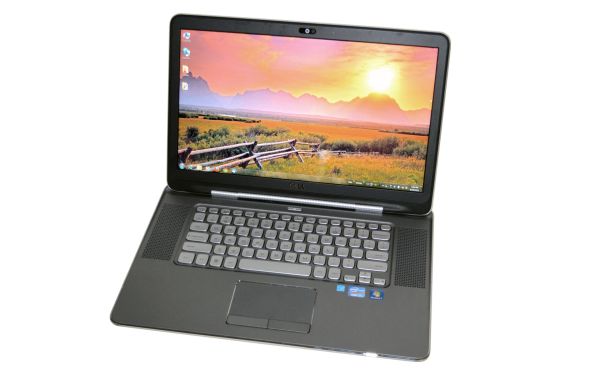
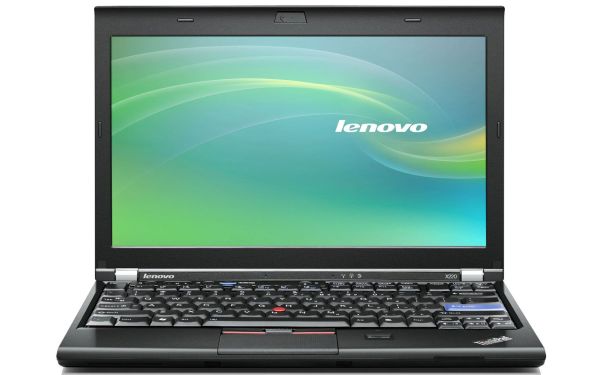








88 Comments
View All Comments
JarredWalton - Saturday, December 3, 2011 - link
...You wanted to talk about the keyboard experience, so let's do that.You're correct: the key depth is very shallow, but how much that matters is largely up to personal taste. It's the placement of the keys as much as the shape that helps me with typing, and I can definitely type on the UX31E. It won't win any awards for the keyboard, but to utterly dismiss it just because the key travel is shallow (which seems to be part of what we'll see on ultrabooks in general)? Nope, I don't buy that argument at all.
I'd suggest getting keyboard backlighting in place would be higher on my list of priorities than key travel, and I'd really like ASUS to move the power key out of the current location (which is where the Delete key belongs--I had to sset Windows to ignore pressing the power button after the third time I inadvertently "typed" Power Off).
Anyway, the keyboard isn't a ThinkPad or a Dell Latitude, but it's also not an Acer. I'd rate the layout as decent (outside of the power key) but the feel of the keys as below average. And I would much rather be typing on my Microsoft Natural Keyboard. Still, if I were in the market for an ultrabook (I'm not), out of the three or four 13.3" models currently available I'd go for the ASUS, mostly because 1600x900 with a so-so keyboard beats 1366x768 with a slightly better keyboard. I just don't think anyone is going to give me an excellent keyboard in an ultrabook.
And yes, this whole comment was written on the UX31E and I'm not feeling any worse about the experience than I did before starting. Fact is, I've got the Acer S3 sitting right next to me as I type this and having just typing a few quick sentences on it I can say that key travel isn't much better there. I think ultrabooks are going to be about compromise, and one of those compromises is in the keyboard travel. When you set the maximum thickness of the laptop at 0.8", you won't get the quarter inch of travel found in a desktop keyboard.
JarredWalton - Saturday, December 3, 2011 - link
PS: Just for you I've added a note about the keyboard on the UX31E in the article, suggesting potential customers try one out in person if that's an area that matters to them.Penti - Friday, December 2, 2011 - link
You miss a whole category I bought a Arrandale (before SNB) CULV 11.6" (1366x768) laptop some while ago for basically as cheap as you get, for the same price as Atom netbooks which comes with decent battery, W7HP instead of W7 Starter and so on. With basically better battery life (got the slightly larger battery, cheapest model don't have them regardless if it's netbook or cheap ultraportable), cpu, software support and it feels like a real computer. Netbooks have no place when you get better hardware for the same price and power envelope. It's nothing to recommend.I'm not terribly sure what you got in that market now in the states, but I would prefer cheaper Intel chips here they are simply much higher end then Brazos or Atom. But you can get something like Toshiba L735-S3350 with Pentium B950, 4GB, 500GB 13.3-inch 1366x768 for 500 USD, Acer TimelineX AS3830T-6870 with Core i5 2430M 2.4GHz, 4GB, 500GB 13.3-inch 1366x768 for 600 USD. HP Pavilion dm1-4050us Core i3 2367M 1.4GHz, 4GB, 500GB 11.6-inch 1366x768 incl external dvd-drive for 570-600 USD. Or more in those lines, it doesn't have to be netbooks or 1000 - 1200 dollar ultrabooks. Certainly worth it for the extra 90 bucks to get a dm1-4050us over a dm1z Brazos netbook. Sure might be $140 with the MIR, but still worth it over the Brazos. I take a hundred dollar over a Atom or Brazos laptop any day. Still cheap or small enough and enough power to contend with 13-15" cheap models too. When we are talking non-properly speced out Atom netbooks for 200-300 they only has 3-cell batteries and virtually no battery life and other drawbacks such as Windows 7 Starter, low amount of memory and low res display, no webcams, bluetooth and so on. Like no hardware accelerated video (and thus Flash player video) on Atom's GMA3150 without Broadcom accelerator card, and I'm not sure you can even get that anymore from HP or others. That's not a problem with the Brazos. But I would still go Intel over Brazos here, they are simply not very powerful and kinda the wrong niche when compared to cheaper Intel Sandybridge stuff. There's more choices any way which was my point.
Penti - Friday, December 2, 2011 - link
I wouldn't call a Llano which has worthless graphics in all fairness no faster then integrated HD 3000 Graphics a choice when it comes to gaming and I would even be critical and pushing it to call GT540M a choice for low-end gaming.That IPS displays don't end up in 11-16" laptops is basically because they aren't manufactured or are manufactured in low volume or are expensive, or power hungry. HP's dreamcolor 15" IPS display is still specced at 15 Watts. In tablets they usually use AFFS+ displays for outdoor viewability which you simply don't get with IPS displays in that way. Even though some Tablet PC's do use IPS displays in the 12-13" range. However does displays probably end up costing quiet a lot.
For gaming I would probably say something like GTX550M or HD6750M is minimum. You can probably find some Llano with HD 6755G2/HD6750M for 500 refurbish and 700 ordinarily if you like budget. If you really like an AMD option. But again for 700 you have Intel options as well. 650-700 is probably where you find yourself under those 1000 dollar machines.
seapeople - Saturday, December 3, 2011 - link
Since the GT550m can play Starcraft 2 at 1080p in high just fine, I don't think the ~20% or so drop off to the GT540m disqualifies it for "low-end gaming".Penti - Saturday, December 3, 2011 - link
You would need GT550M for 1366x768 gaming basically for other games, but of course Llano without discrete GPU is disqualified. You wouldn't even get SC2 on 1366x768 medium on that. You need a discrete graphics card if you like to play SC2 at reasonable level. GT540M is just pushing on the limit to be disqualified, which is why I didn't outright say it's useless. For example a game like Metro 2033 would be too heavy for GT540M at 1366x768 and does not meet the _minimum_ requirements of many games at all. Anandtech here concluded for that matter that GT555M is not or just barely enough to drive 1600x900 in Alienware M14x in most games.Roland00Address - Monday, December 5, 2011 - link
For console ports Llano is fine for cheap laptops, since cheap laptops usually have 1366x768 resolution.PC focused games on the other hand is a different matter, high settings is another matter since what most people consider "medium settings" is what a xbox 360 is really running.
Malih - Friday, December 2, 2011 - link
tired of waiting for good ultrabooks with decent speed, good heat dissipation and good display,finally I put an end to all the wait and decided to get a MacBook Pro 13 (Late 2011),
I'm using it (mostly) on Windows, as I bought the Windows version of my work/development tools, it would be too costly, highly inefficient to buy the mac version too.
Vxheous - Friday, December 2, 2011 - link
I bought a G74SX-xc1 for $1350 Cdn, which other than 8 GB of RAM instead of 12GB, or having an SSD, was comparable in spec to some of the pricier G74 models. the XC1 is probably your best bang for buck in the midrangefrozentundra123456 - Friday, December 2, 2011 - link
Great article.One note however. I went to the Sears site, and several reviewers stated that that particular laptop has a somewhat gimped GT 560 M with a slower memory bus. I think the same thing happened a while back at Best Buy. They had a really good price on an asus gaming laptop, but the video card had a slower memory bus than the normal cards.
It wouldnt be a deal breaker for me, and that price is outstanding. But it is just something to be aware of regarding that notebook. Like I said, I would also be wary buying at Best Buy because they tend to do the same thing.